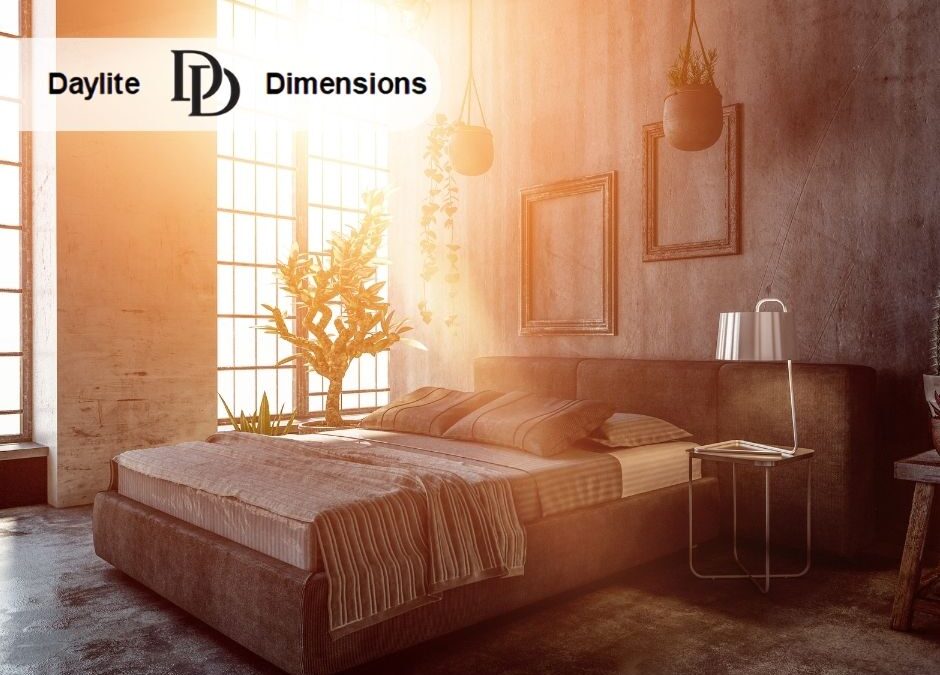Do Sunrooms Help Heat the House?
Do Sunrooms Help Heat the House? Sunrooms have long been a popular addition for homeowners seeking a bright, airy space that blends indoors with the outdoors. But beyond their aesthetic appeal, sunrooms can play a practical role in how your home uses heat and light. This article explores sunroom benefits, how they affect heating bills, and practical ways to maximize their impact.
Introduction: Why consider a sunroom beyond looks
A sunroom is essentially a glass-walled or glass-ceilinged room that captures solar gain, the warmth from sunlight, while providing a comfortable interior space. For many households, the question isn’t just about adding space, but about whether that space can contribute to heating efficiency or, at least, reduce energy costs over time. In this article, we’ll dive into how sunrooms influence heat dynamics, the key sunroom benefits, and tips to optimize performance in different climates.
How sunrooms affect heat dynamics
Solar gain and passive heating
One of the primary sunroom benefits is solar gain. Large windows and transparent ceilings allow sunlight to penetrate deeply, warming the interior surfaces. This can raise the temperature in the sunroom during sunny winter days, which can spill over into adjacent rooms if the sunroom is well-connected to the home’s floor plan. When designed with proper insulation and thermal breaks, a sunroom can contribute to a lower demand on your heating system by acting as a passive solar heater.
Heat loss and insulation considerations
However, sunrooms can also be a source of heat loss if not properly insulated. In cooler months, poorly sealed frames, single-pane glass, or gaps around doors can allow heat to escape. The sunroom’s performance hinges on the quality of glazing, frame materials, and overall insulation. To maximize sunroom benefits, look for double or triple glazing, low-emissivity coatings, and well-sealed doors and skylights. A well-insulated sunroom can function as a supplementary heat source, while a poorly insulated one can become a heat drain.
Heat transfer to the rest of the house
The way heat moves between the sunroom and the main living areas depends on the design. An open-plan connection, or a well-insulated partition wall, can facilitate the flow of warm air into the home when conditions are favorable. Conversely, if the sunroom is a sealed standalone addition, its heating benefits may be limited to the space itself unless there’s a purposeful strategy to circulate heat.
Sunroom benefits: comfort, cost, and value
Enhanced natural light and mood
Beyond heating considerations, sunroom benefits include a significant boost in natural light. Increased daylight can reduce the need for artificial lighting during daytime hours, which saves electricity and improves mood and productivity. A sunlit space can make adjacent rooms feel warmer and cozier, potentially aiding in perceived overall warmth in the home.
Potential reductions in heating bills
If the sunroom is used strategically, it can contribute to lower heating costs. For example, during sunny winter days, occupants can rely on solar gain in the sunroom to maintain comfortable temperatures without cranking up the central heating. This is especially effective when the sunroom is connected to living spaces that are frequently used, so that the heat can permeate through shared walls or open doorways.
Home value and market appeal
Sunroom benefits extend beyond immediate energy savings. A well-designed sunroom can increase market appeal and property value. Prospective buyers often see sunrooms as versatile living space that can serve as a lounge, greenhouse, or hobby room. The added square footage and the aesthetic appeal of abundant glass can be a strong selling point.
Practical tips to maximize sunroom heating benefits
Choose the right glazing
- Opt for double- or triple-glazed units with low-emissivity coatings to minimize heat loss while maximizing solar gain.
- Consider gas-filled or Argon-filled panes for improved insulation without sacrificing clarity.
Improve shading and ventilation
- Use exterior shading devices like motorized blinds, awnings, or deciduous trees to control excessive heat in the summer while allowing winter sun.
- Ensure a good ventilation strategy to prevent overheating on sunny days and to manage humidity.
Seal and insulate
- Seal all gaps around frames, doors, and skylights to prevent drafts.
- Insulate the floor and ceiling of the sunroom where possible, and use draft stoppers at entry points.
Integrate with the home’s heating system
- If feasible, connect the sunroom to the central HVAC system with a dedicated supply or a thermostatic control to balance comfort across spaces.
- Consider supplementing with zone heating, such as baseboard heaters or underfloor heating in the sunroom, to optimize performance without overheating the rest of the house.
Seasonal use and furniture placement
- Arrange furniture to maximize heat circulation paths and to encourage occupants to spend time in naturally warmer areas.
- Use heavy drapes or blinds for nighttime insulation, while leaving space for daytime solar gain when desired.
When sunrooms are a great investment
Sunroom benefits can be most pronounced in regions with distinct seasonal contrasts, where winter sun remains strong but summer heat can be moderated with shading and ventilation. In colder climates, the passive solar aspect can significantly reduce heating needs on sunny days, while in milder climates, a sunroom can expand usable living space without imposing heavy cooling costs in the long term.
Do Sunrooms Help Heat the House? – Final thoughts
Sunrooms offer a blend of aesthetic appeal and practical energy considerations. When designed and managed well, they can contribute positively to a home’s heating strategy through solar gain and additional comfortable living space. The key is to focus on high-quality glazing, robust insulation, and a thoughtful layout that encourages heat exchange with the main living areas. By leveraging sunroom benefits with smart shading, sealing, and integration into your heating plan, you can enjoy a brighter, warmer home, often with lower energy bills and increased property value. If you’re contemplating a sunroom, weigh the climate, orientation, and intended use to maximize both comfort and efficiency.
Visit our main blog page for more interesting articles


Recent Comments